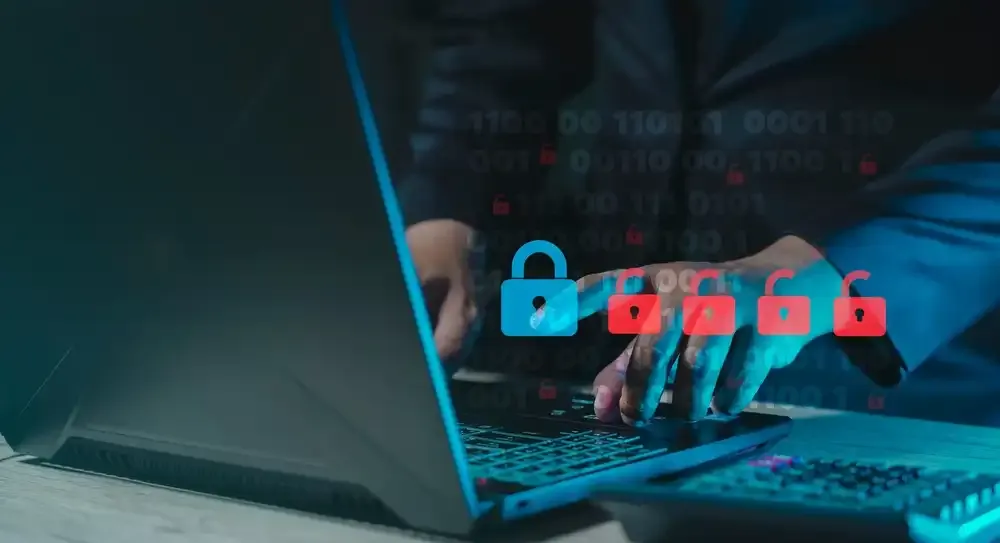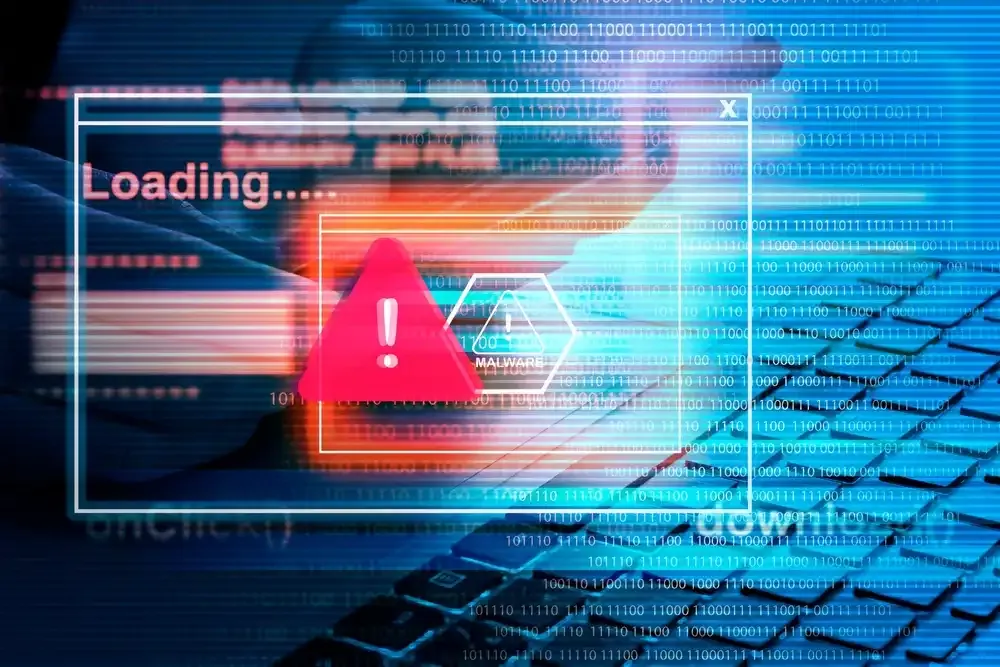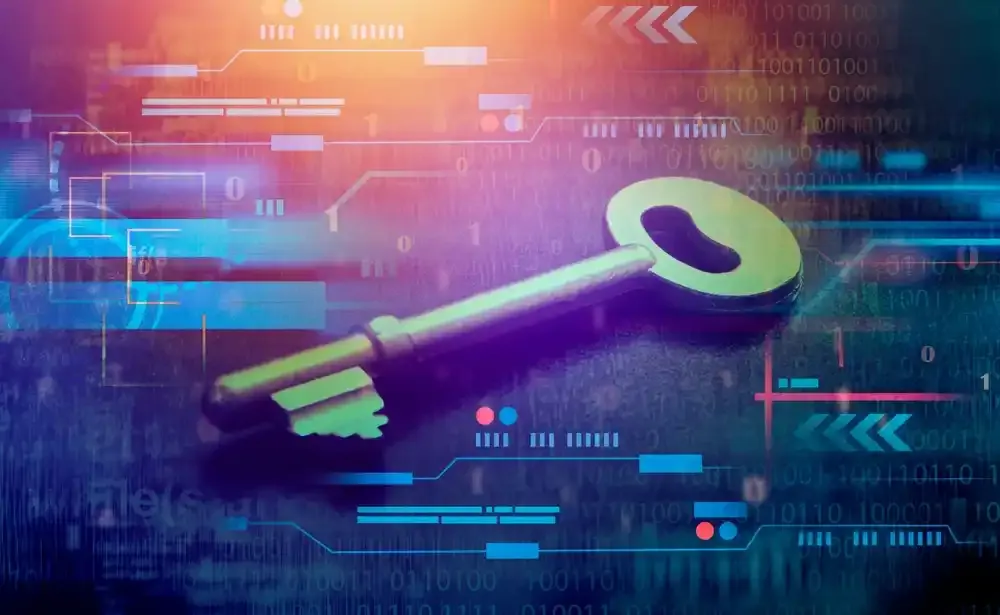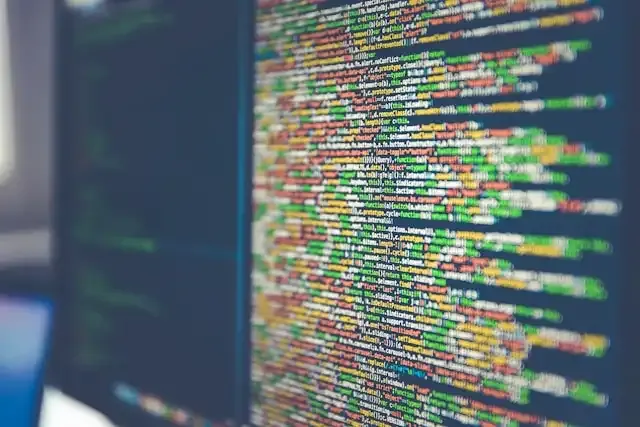Abril

Cyber Series: March 2025
March 2025 saw a rise in cyber threats, with supply chain attacks and major breaches emphasising the need for stronger cyber security defences.
Marzo

Cyber Series: February 2025
February 2025 highlighted rising cyber threats, from supply chain attacks to major breaches, underscoring the need for stronger cyber security defenses.
Febrero

Cyber Series: January 2025
From espionage campaigns targeting government officials to ransomware attacks crippling healthcare and financial institutions, January 2025 highlighted how even the most secure organisations are vulnerable to sophisticated cyber threats.
Enero

Cyber Series: December wrap up 2024
From healthcare providers to Al startups and telecom giants, December 2024 revealed how even the most robust systems can fall victim to cyber threats.
Diciembre

Cyber Series: November in review
Cyber Series: November wrap up 2024
Palo Alto Networks is a leading cyber security company that provides advanced security solutions to protect organisations against cyber threats. Its offerings include next-generation firewalls, cloud security tools, endpoint protection, and artificial intelligence-driven threat intelligence. The company's products and services are designed to secure networks, cloud environments, and endpoints, enabling organizations to prevent and respond to cyberattacks effectively.
Noviembre

Threat intelligence, shining a light on the dark web
Threat intelligence, shining a light on the dark web
Threat intelligence utilises and analyses data to help identify an actor's motives and any potential threats they may pose, as well as highlighting weaknesses in their infrastructure, giving them insights they can put into action.

Cyber Series: October in review
A recent incident involving a North Korean threat actor, hired under false pretences as a remote IT contractor, has highlighted the rising threat of social engineering tactics, particularly aimed at financial organisations.
Octubre

A CEO's guide to eDiscovery and litigation support: Minimising risk and maximising efficiency
As a CEO, you're no stranger to making strategic decisions that drive business growth and success. However, in today's digital age, one often-overlooked aspect can make or break your organisation's ability to operate effectively: eDiscovery and litigation support.

NIST seeks to tackle cyber security and privacy AI challenges
The role of a Digital Forensics and Incident Response (DFIR) Consultant is varied and broad, though it usually involves offering calm, expert advice to leadership teams, IT staff, and legal departments during one of the most stressful work experiences they’ve ever had.
Septiembre

Cyber Series: September in review
The role of a Digital Forensics and Incident Response (DFIR) Consultant is varied and broad, though it usually involves offering calm, expert advice to leadership teams, IT staff, and legal departments during one of the most stressful work experiences they’ve ever had.
Paginación
- Página 1
- Siguiente página

